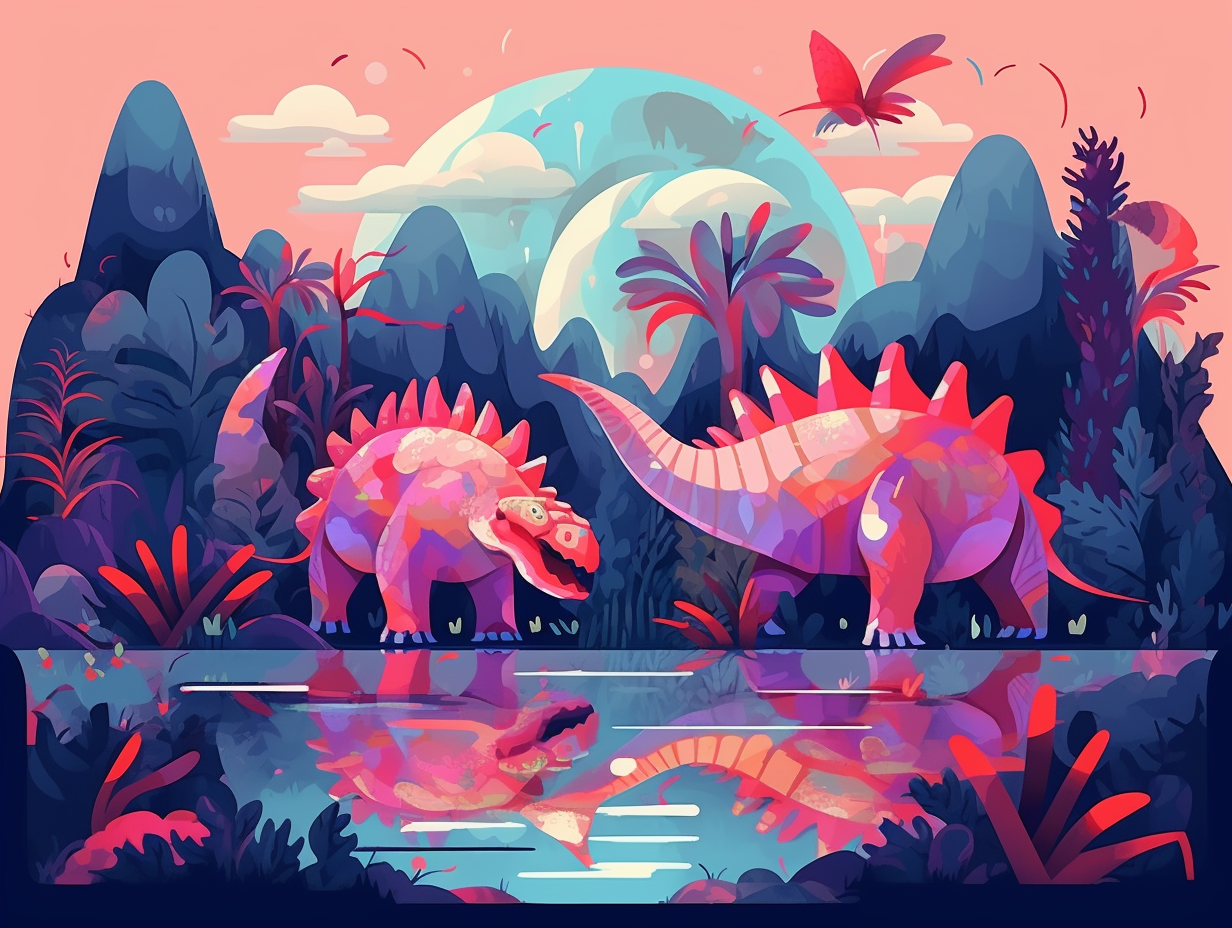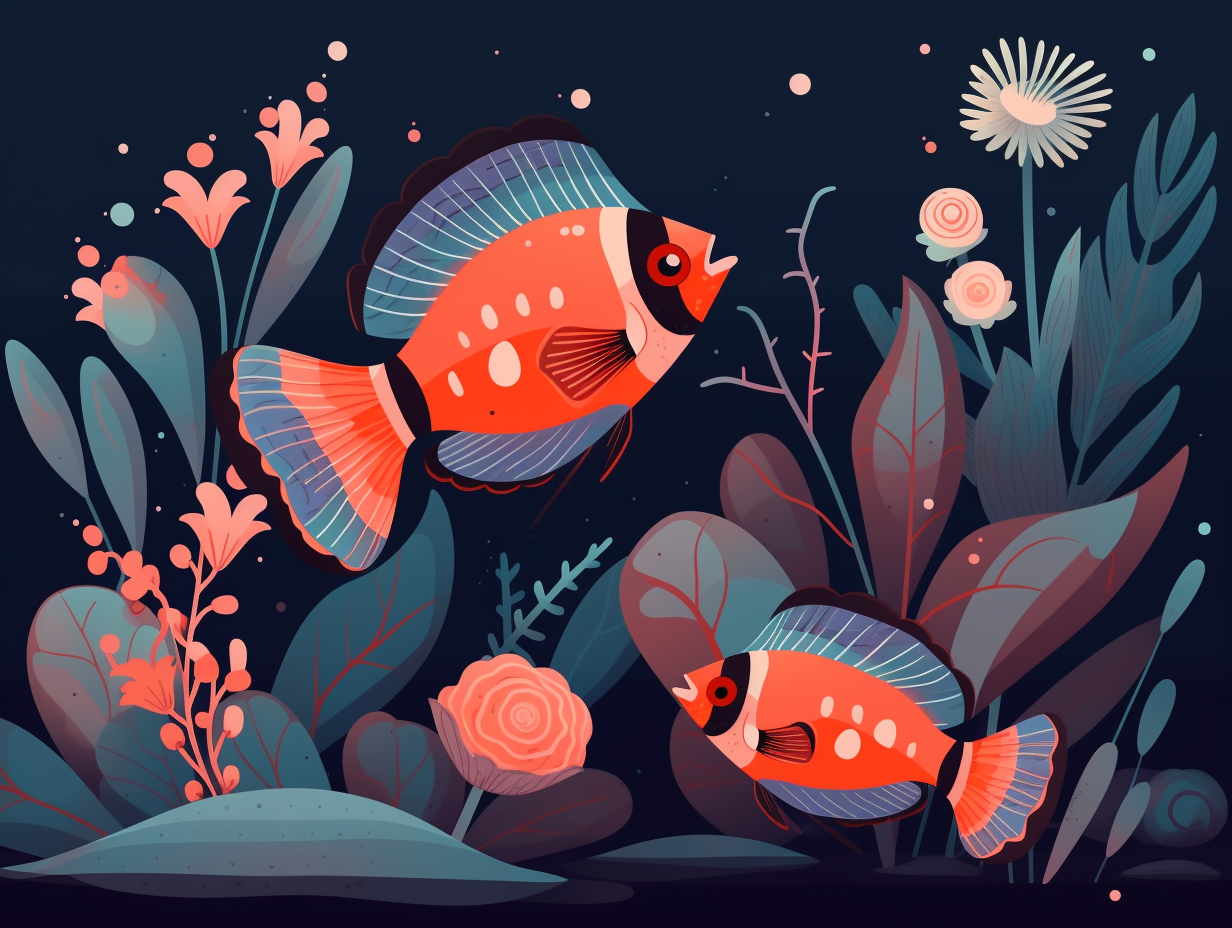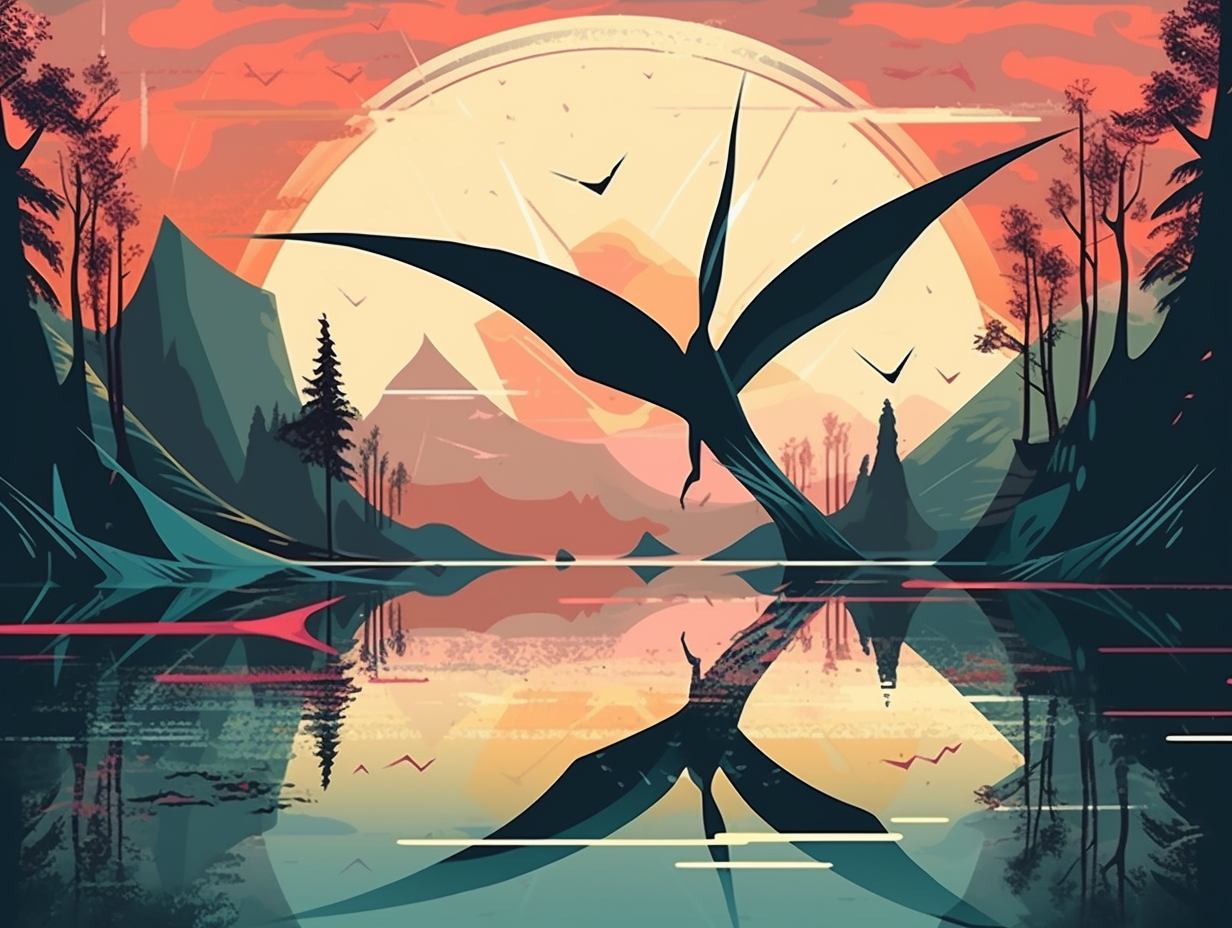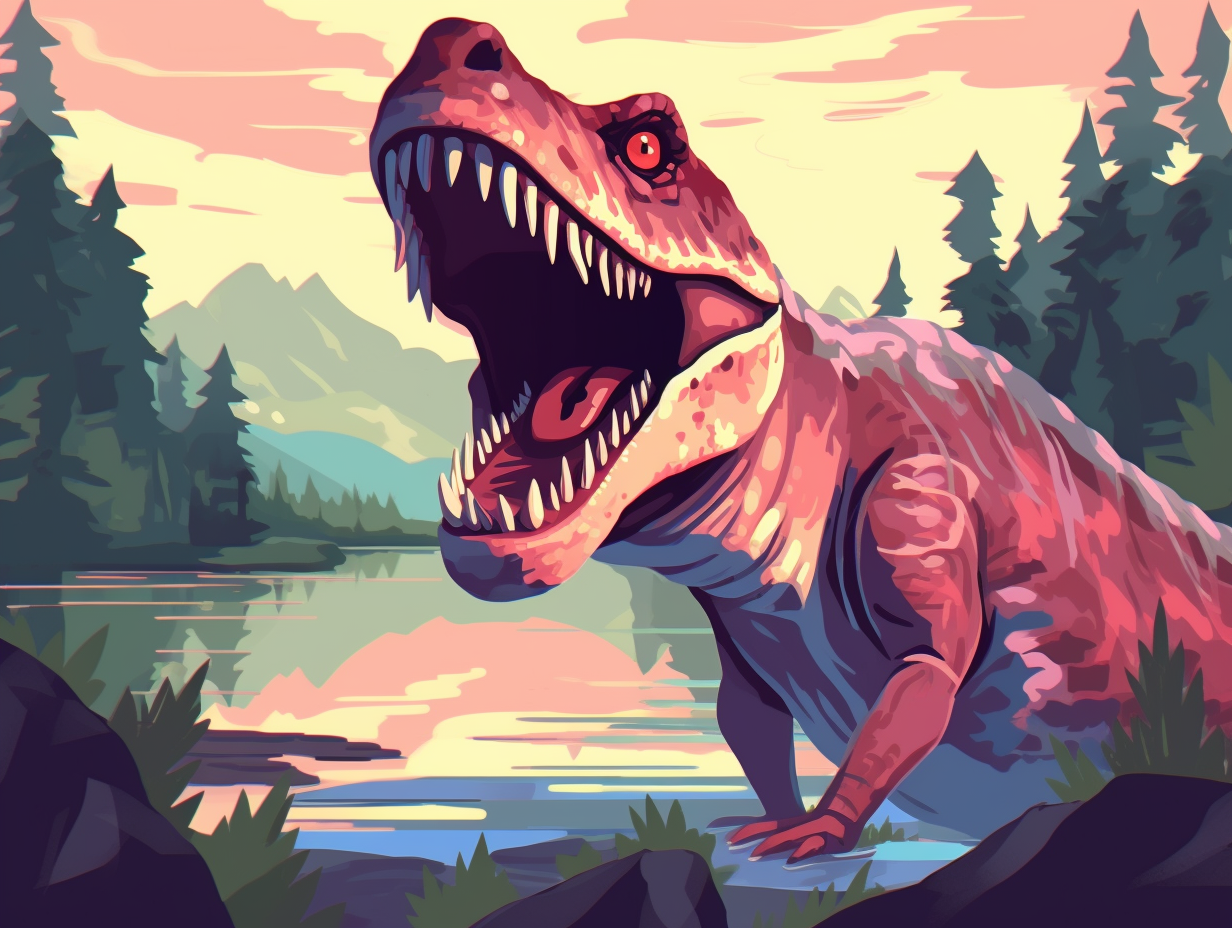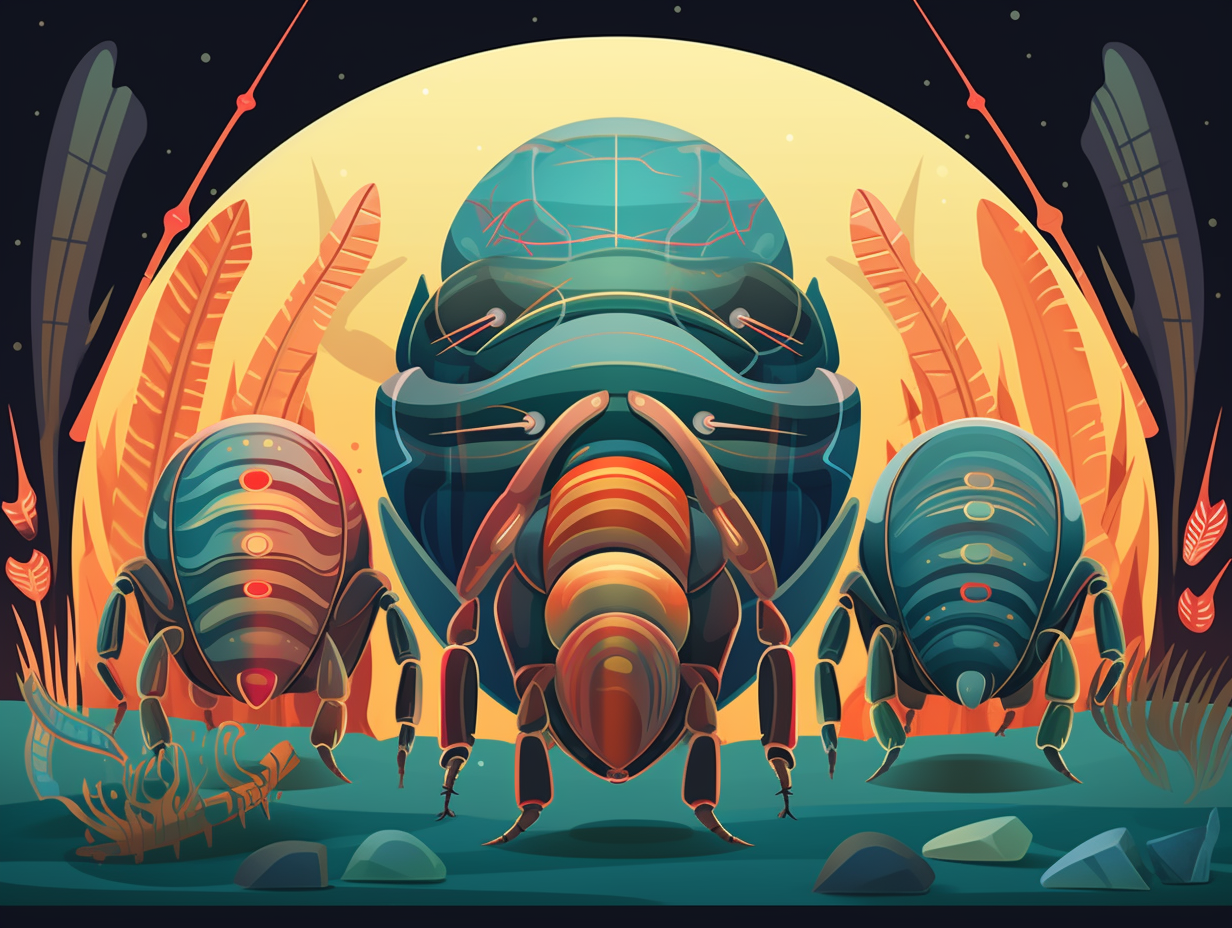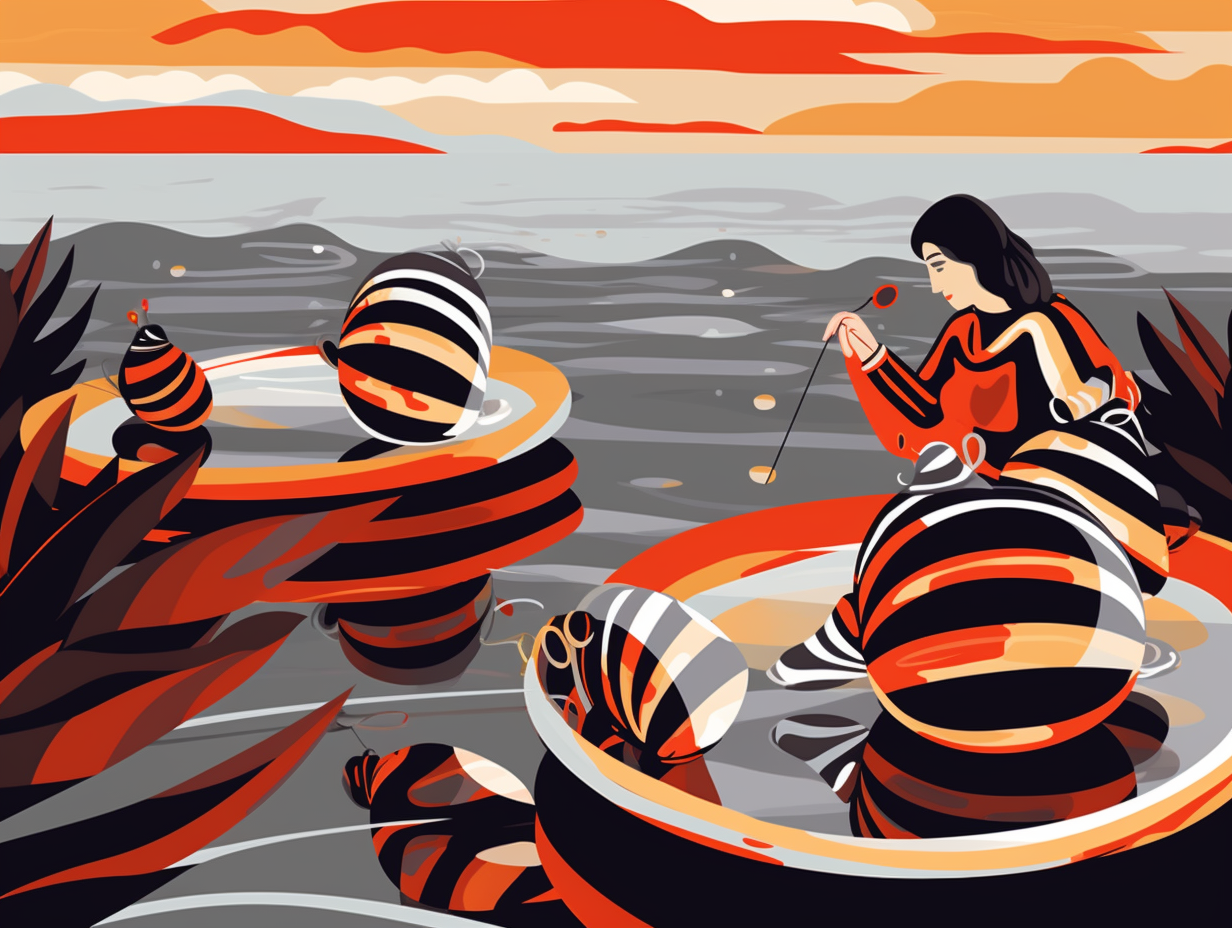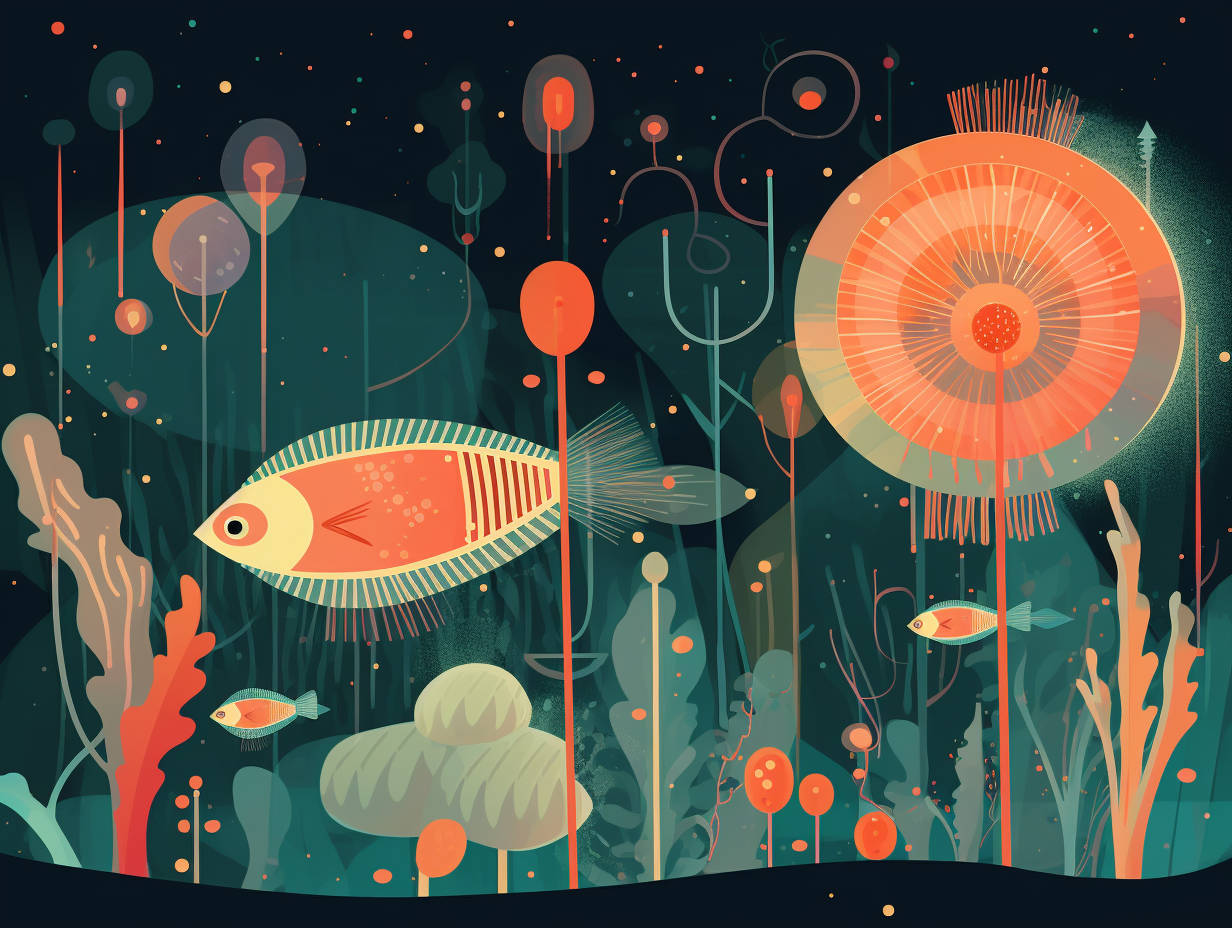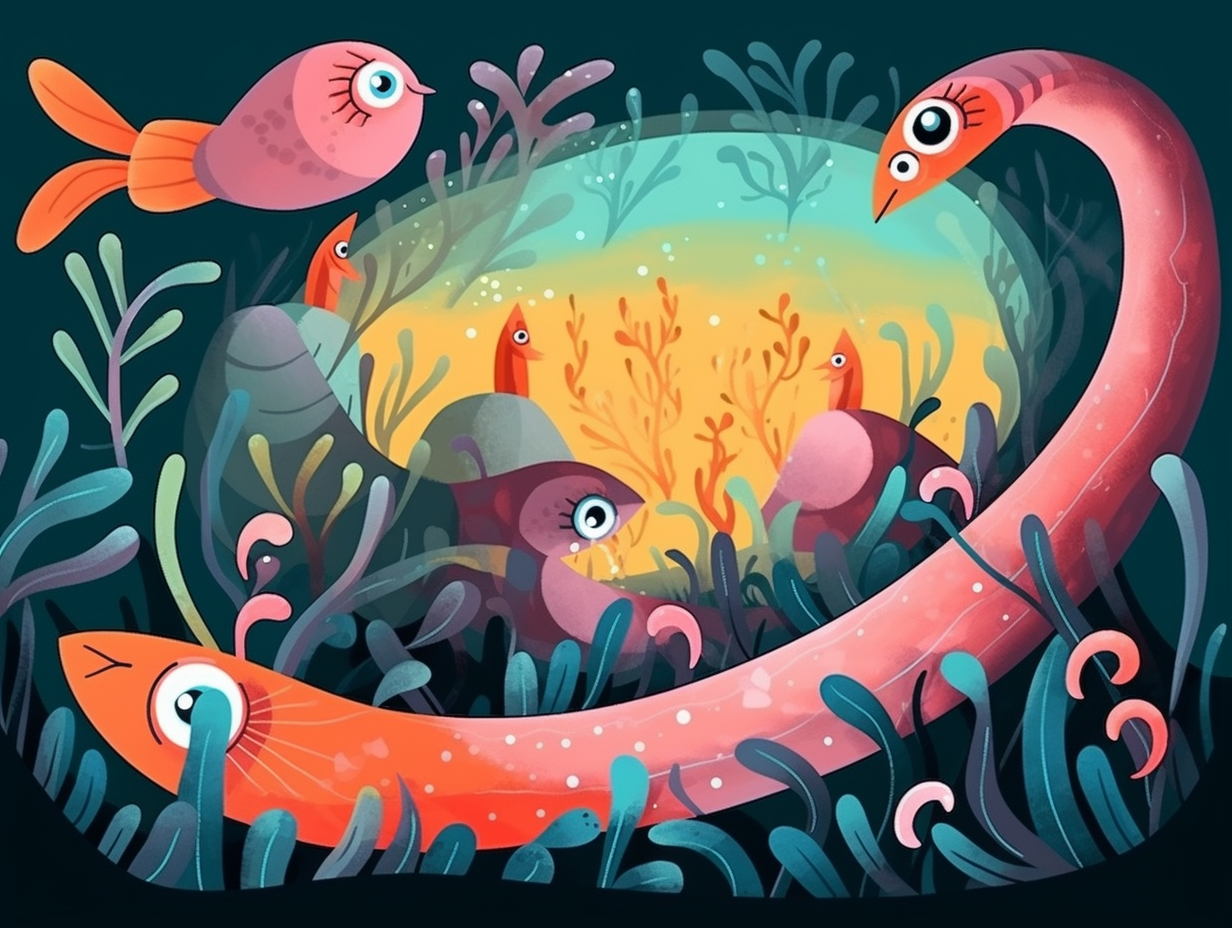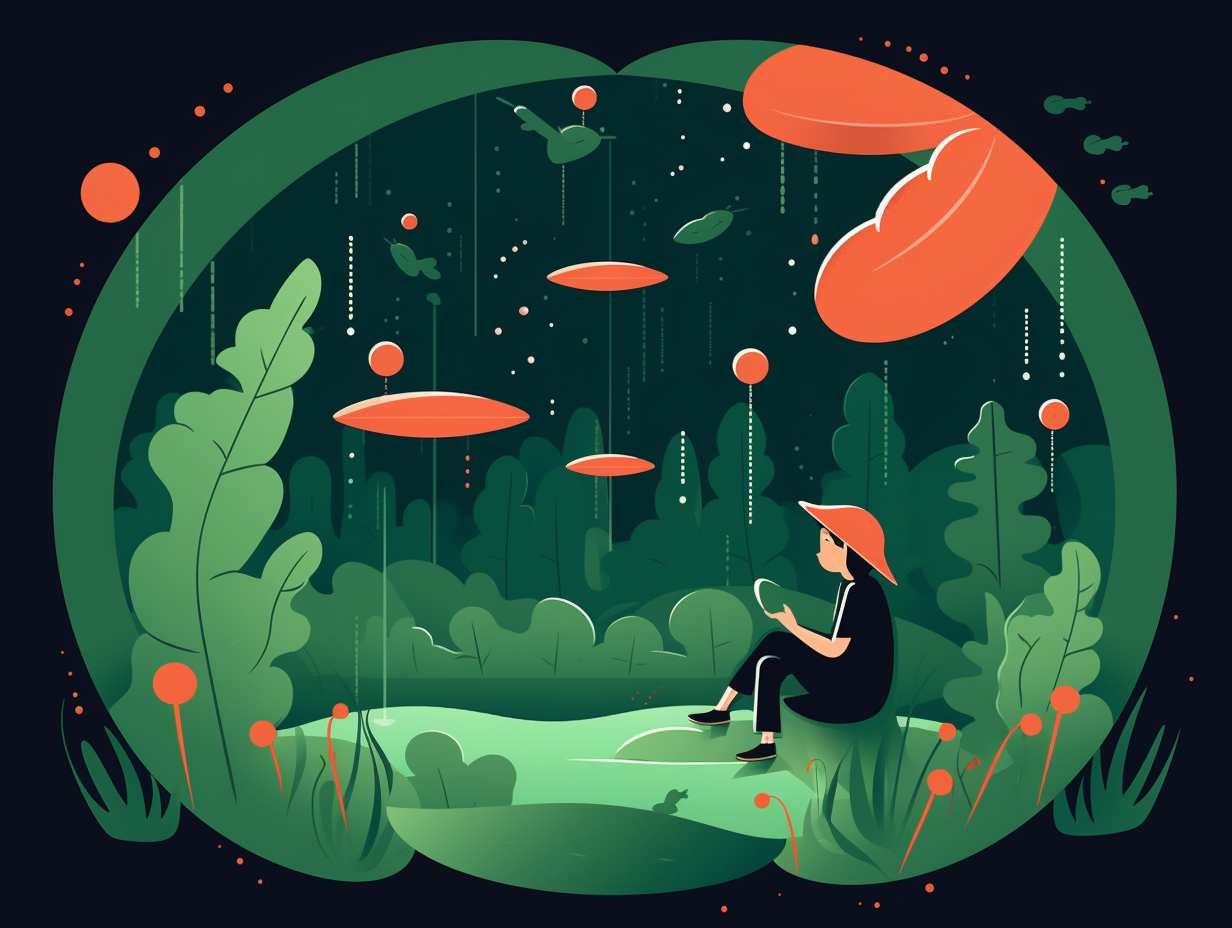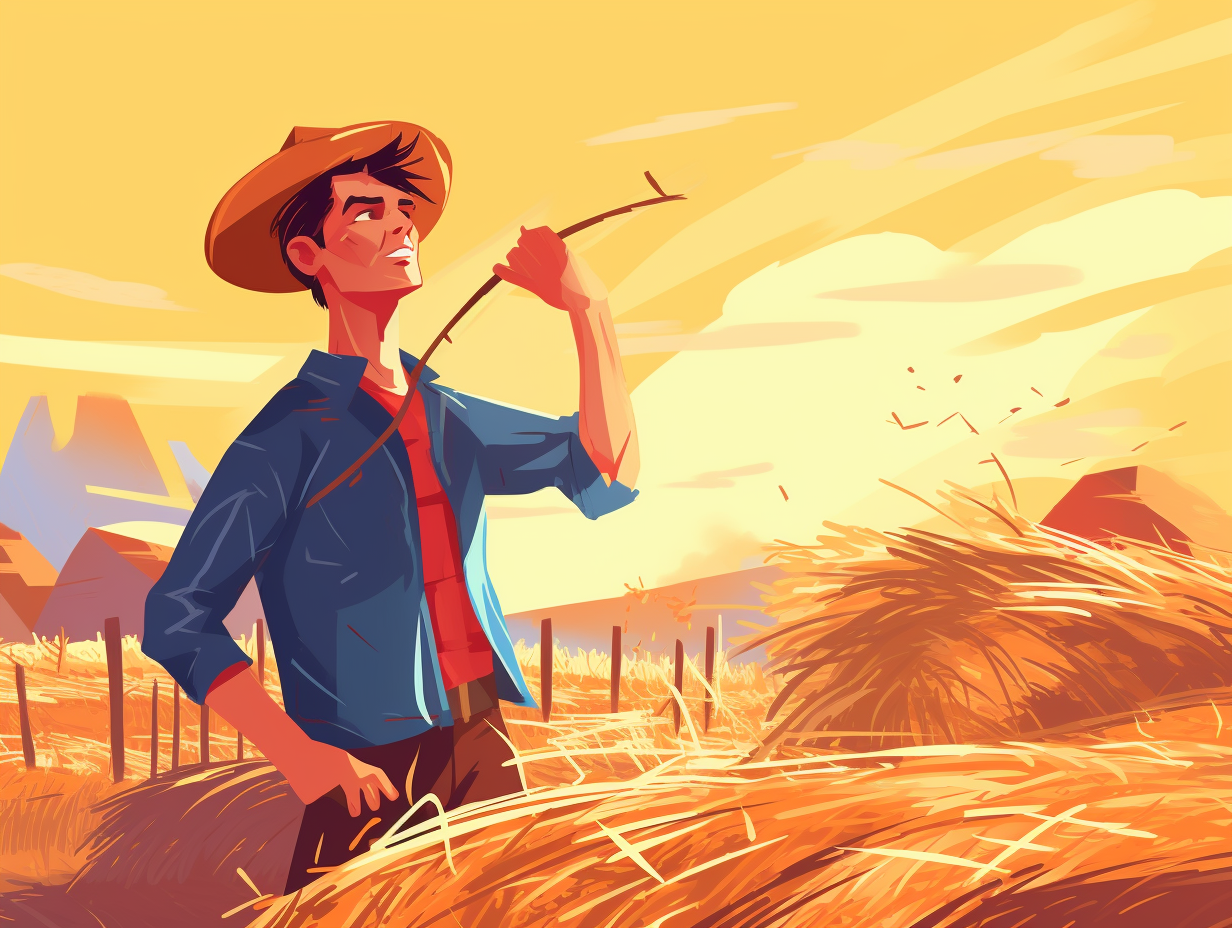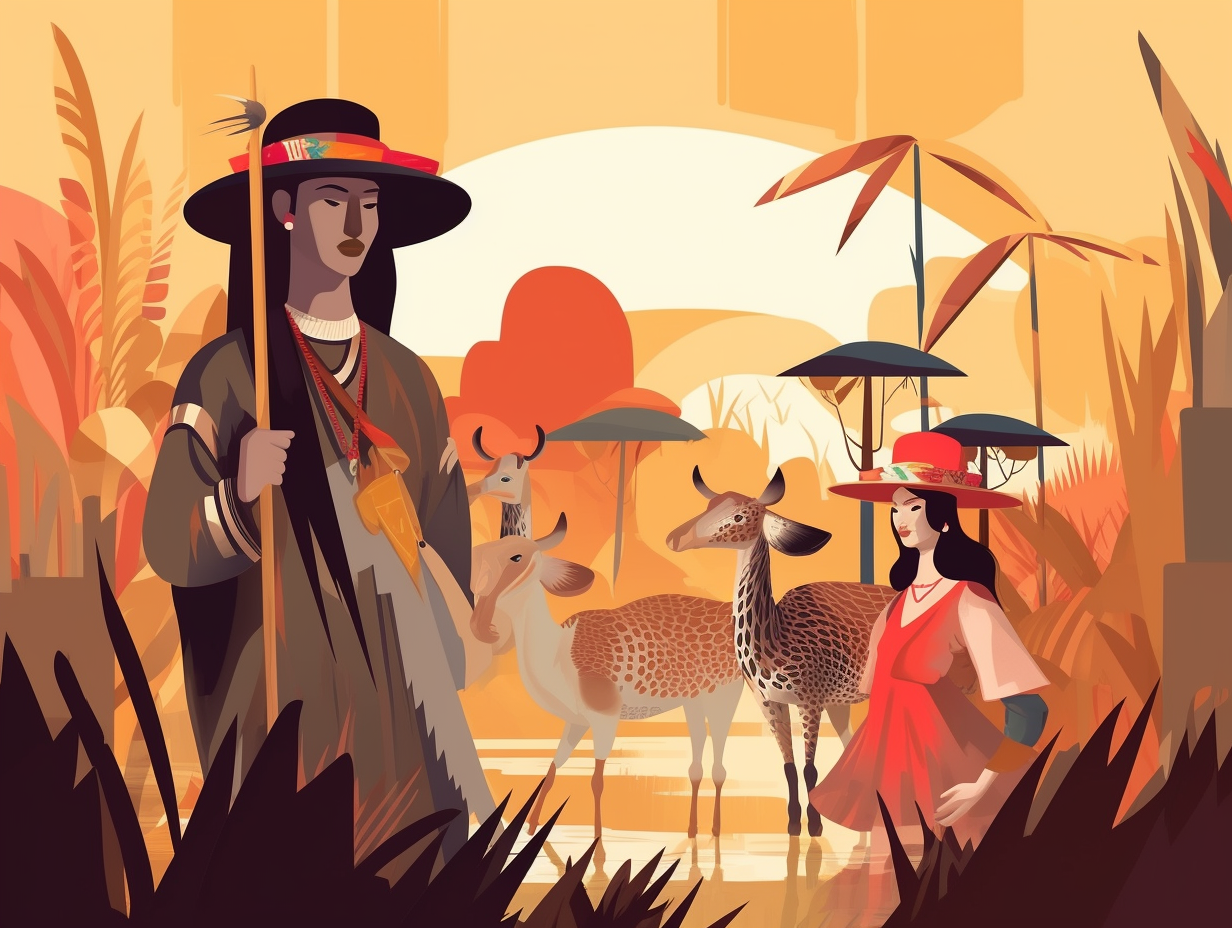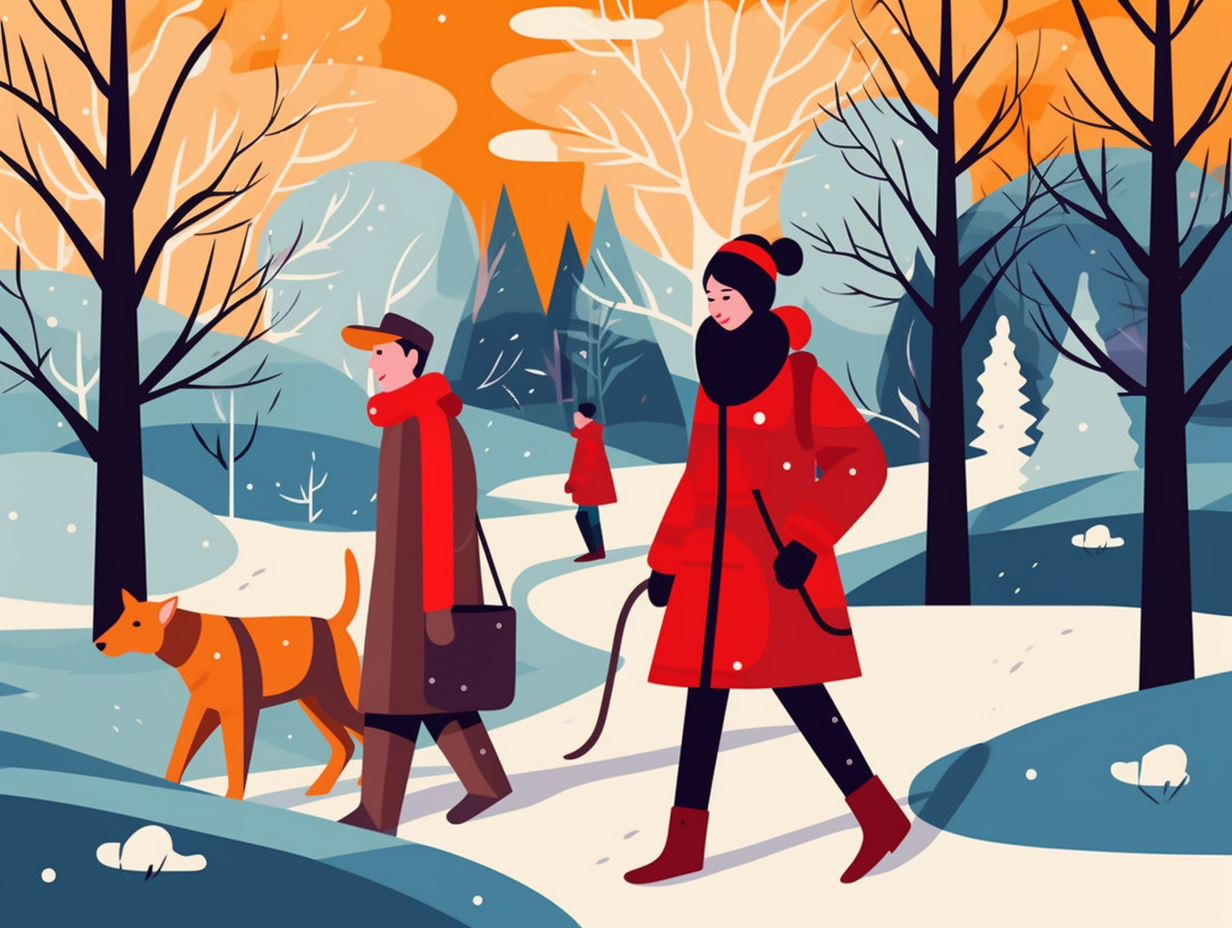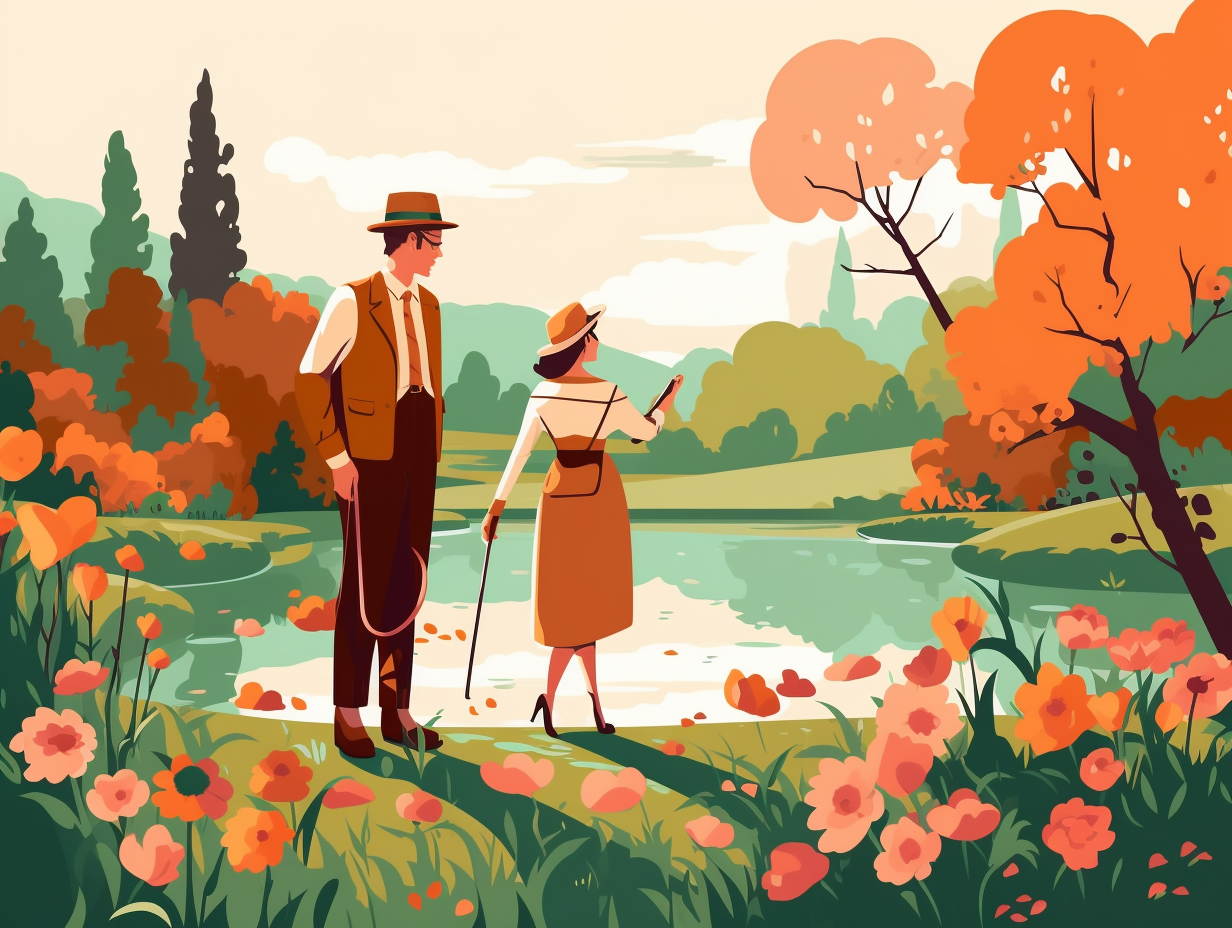Discover the Wild: Top 15 Fascinating Fun Facts about Safari Animals You Won't Believe!
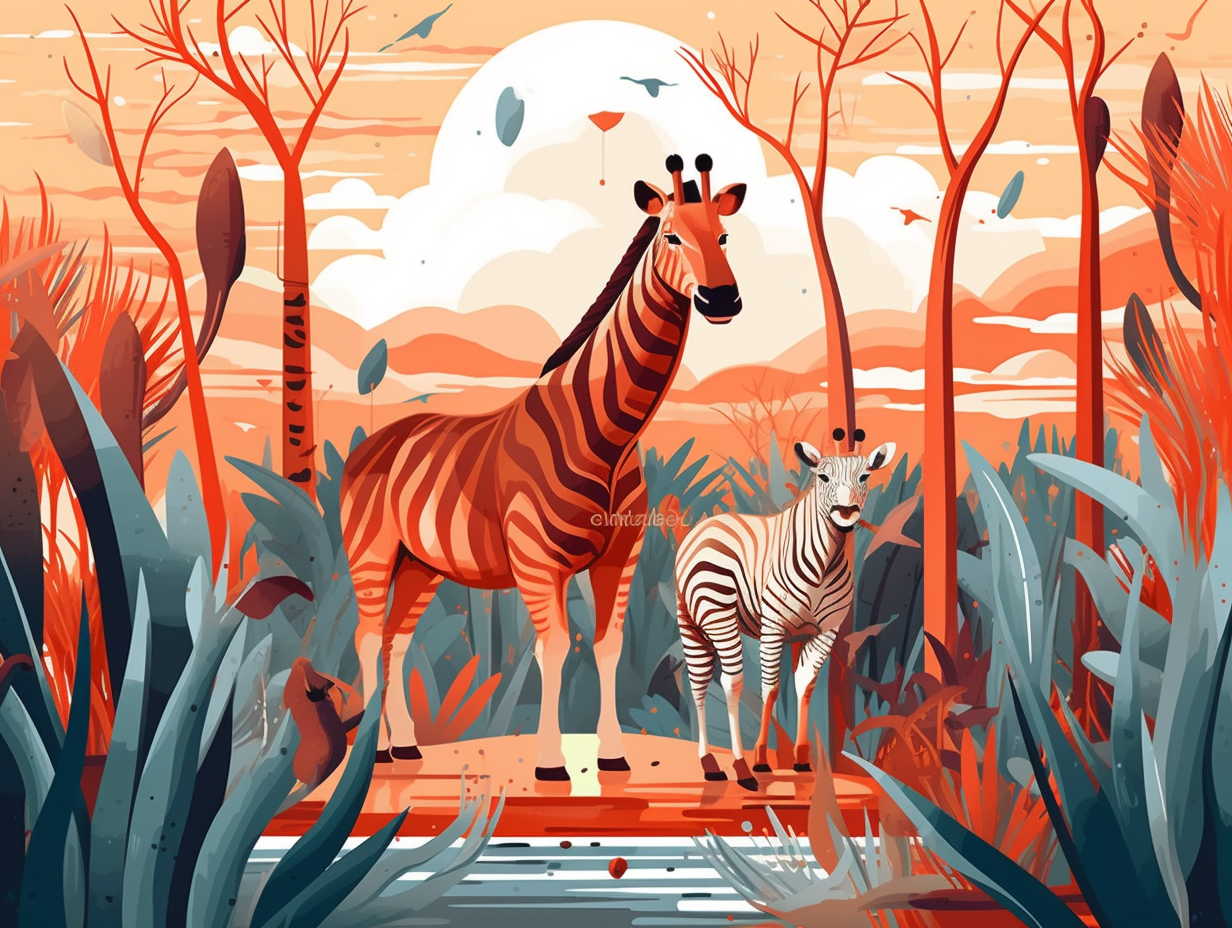
1. Hippo's Underwater Naps
Behold the astonishing hippopotamus, the river's deceptively chunky aquatic ballerina who pirouettes underwater with the grace of a thousand sunken beach balls: Despite their seemingly water-savvy lifestyle, hippos can't actually swim or even float, but have developed the remarkable ability to hold their breath for up to five minutes, close their nostrils to prevent water intake, and snooze underwater as a unique way to avoid predators above.
Source => nationalgeographic.com
2. Giraffe's Extra Neck Vertebra
Who needs a chiropractor when you've got an extra neck bone? Giraffes are totally flexing their vertebrae superiority: sporting not just seven, but eight neck vertebrae in total, these lofty creatures can elongate their necks to reach a whopping 50 cm higher than other mammals stuck with just a septet of cervical bones.
Source => u-tokyo.ac.jp
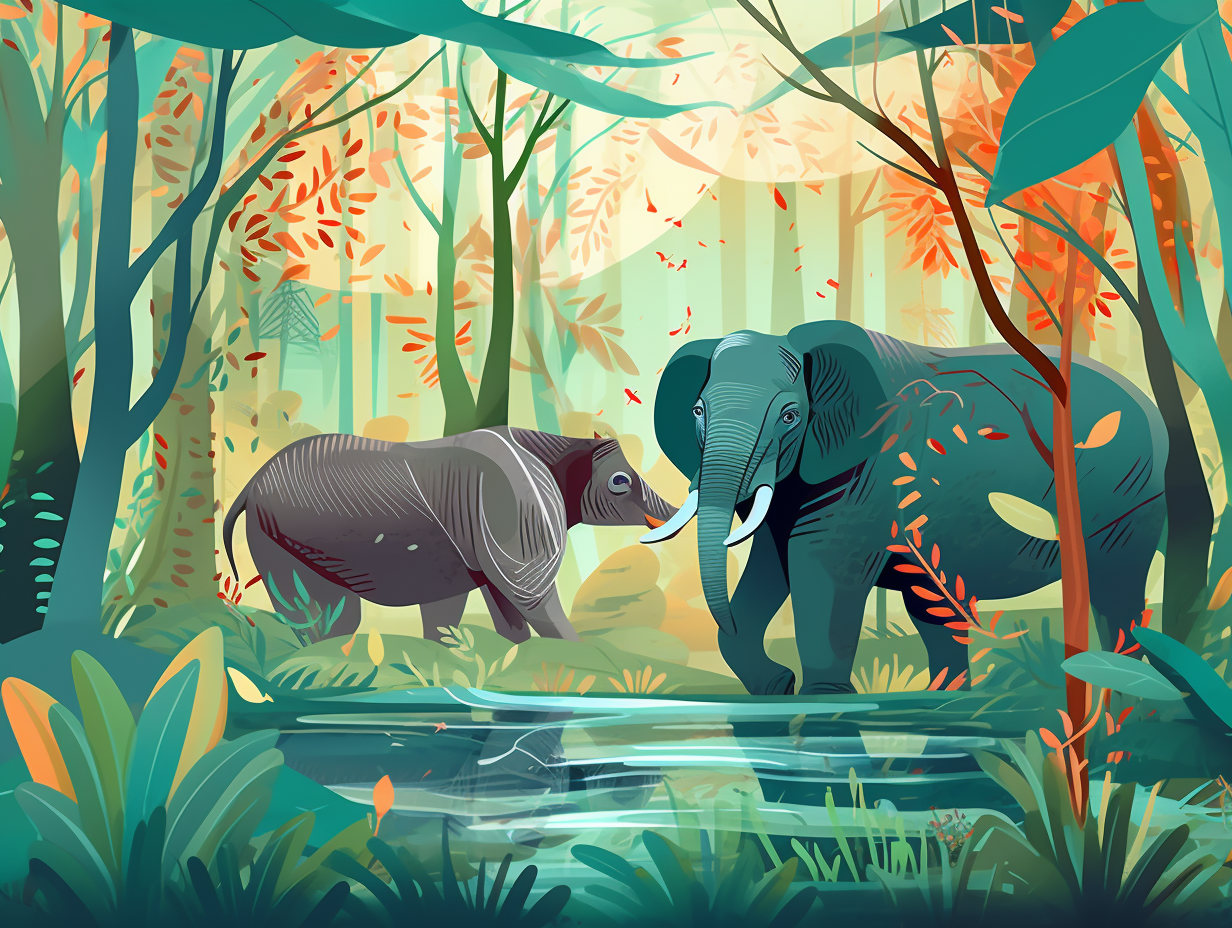
Did you know a single honey bee only lives for six weeks and produces just 1/12th teaspoon of honey? Yet, an entire hive can travel 40,000 miles to make one pound! Discover more fascinating facts about these hardworking insects. 🐝✨
=> Fun Facts about Animals
3. Elephant's Multi-talented Trunk
Hold your horses, or rather, hold your elephants: it seems their perplexing proboscis has more talents than a circus performer on a unicycle! Elephants can not only drink, grab objects, and communicate with their trunks, but also use suction power to nab a bite to eat – a move straight from the marine life playbook: This powerhouse organ is made of pure muscle, allowing them to perform impressive feats like uprooting trees, plucking leaves with precision, and boasting a sense of smell that puts bomb-sniffing dogs to shame.
Source => nytimes.com
4. Warthog-Mongoose Spa Alliance
When pigs fly with a mongoose co-pilot: Warthogs in Uganda's Queen Elizabeth National Park have been spotted forming an unlikely alliance with banded mongooses, who treat the warthogs to a parasite-removal spa session, according to scientists Andy Plumptre and Jason Gilchrist. But beware, in a comedic twist of fate, warthogs have also been caught dining on their petite partners!
Source => discoverwildlife.com
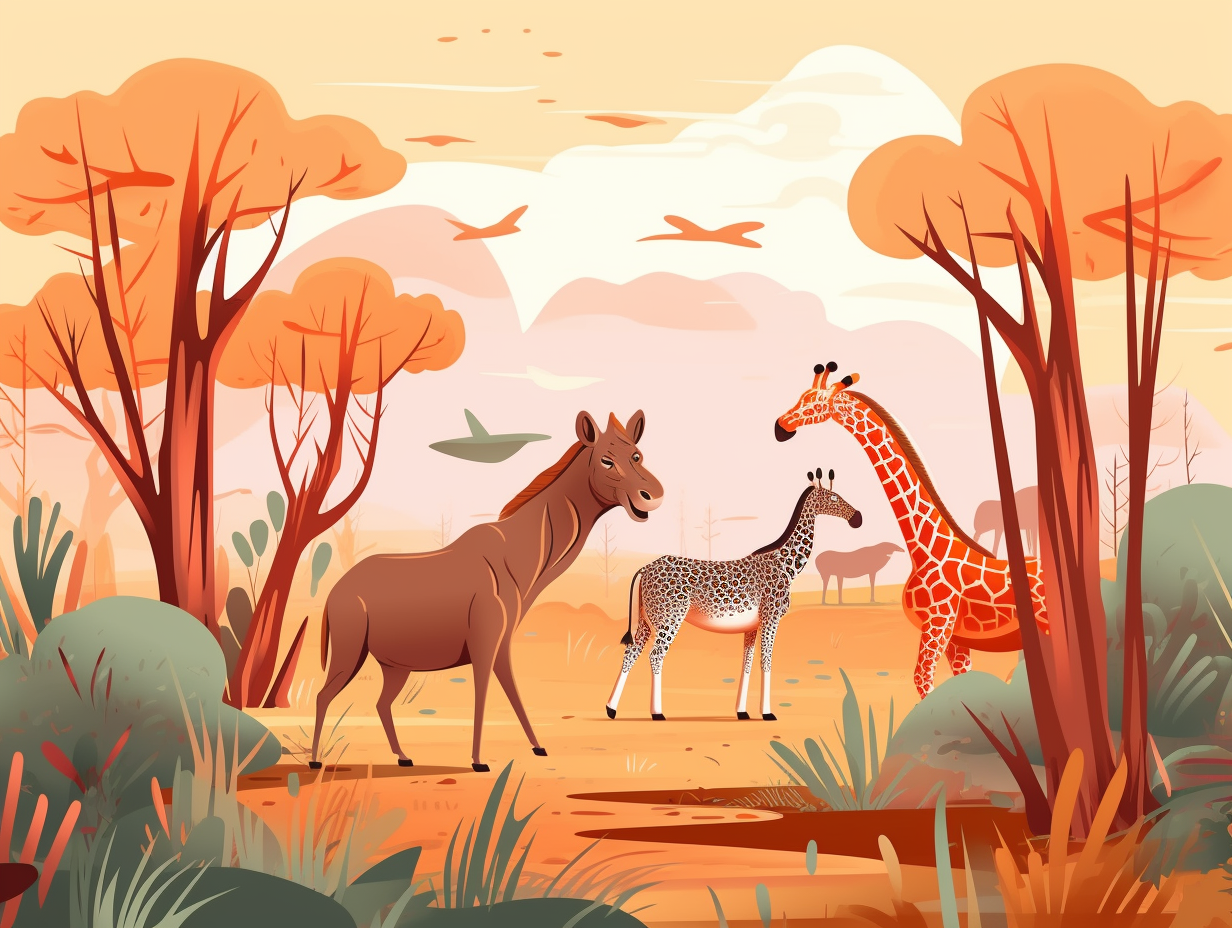
5. Zebra's Fly-repelling Stripes
Zebras: living proof that life's worth living if you've got a great set of stripes! But did you know they're not just nature's posh fashion statement? Here's the serious reveal: the zebra's zigzagging pattern actually bamboozles biting flies, throwing a wrench in their landing and feasting plans, thereby reducing the spread of diseases. Scientists are still scratching their heads (not from the bites) on the exact mechanism zebra stripes use to trip up fly vision.
Source => nytimes.com
6. Lion's Marathon Snoozes
Move over, Sleeping Beauty, there's some heavy competition in the snooze department: Male lions can sleep up to 20 hours a day and females up to 18 hours, a result of their nocturnal hunting habits. They often find shelter under bushes during the day, and after a good meal, some lions might hit the snooze button for a whopping 24 hours!
Source => sibuya.co.za
7. Red Deer's Democratic Herds
In a world where Bambi and friends hold council meetings in the forest, it turns out deer politics are more progressive than one might think: red deer herds operate on a "60 percent majority rule," only moving on when the majority of adult deer stand up, acting as a testimony to the benefits of democracy in decision-making and group survival.
Source => biologicaldiversity.org
8. Rhino's Mud Skin Treatment
When life gives you mud, make a rhinoceros spa treatment: Rhinos love mud, using it not only to cool down and protect their skin, but also as nature's pest control to keep those pesky biting insects like ticks at bay.
Source => therhinoorphanage.org
9. Wildebeest's Romantic Harems
Move over, The Bachelor: wildebeest have been running their own version of reality romance for centuries! These prairie Casanovas form private love clubs called "harems," led by a single handsome fella and his dedicated ladies. But don't think it's all roses and leisurely walks on the savannah for these lotharios – the competition is wild! Unruly suitors risk life and horn in epic battles for love: In fact, these harems usually consist of one dominant male, several females, and their youngsters, constantly shifting alliances, and battling for affection within their large migratory herds.
Source => nationalgeographic.org
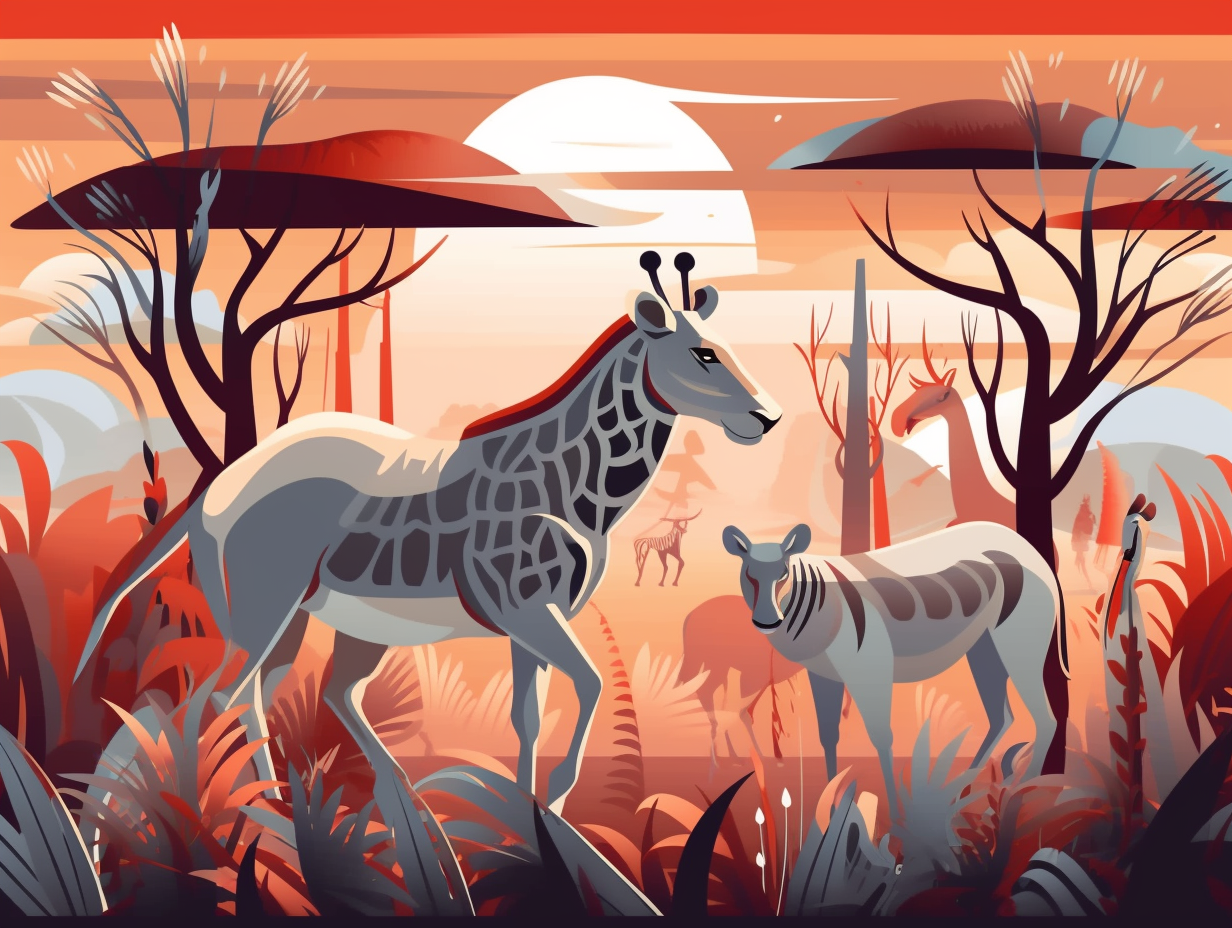
10. Cheetah's High-speed Tail
Despite not attending the feline version of Top Gun flight school, cheetahs are actually skilled pilots of their own bodies on land: They use their tails as counterbalances during high-speed chases, enabling them to make swift, controlled turns and maintain stability.
Source => kaimaging.com
11. Baboon's Babysitting Skills
Move over, Mary Poppins: Baboons are stepping up their babysitting game! With a penchant for clownish antics, teenage leg-stretches, and protective instincts, these lively primates provide bushels of entertainment for their diminutive charges. In fact: Juvenile baboons form large playgroups and not only make excellent babysitters for newly-weaned babies, but also guard them valiantly during adult squabbles. With time, the males transform from lanky teens to fierce adults, sporting a buff chest, a robust neck, and some seriously sharp canine teeth.
Source => baboonmatters.org.za
12. African Wild Dogs: Teamwork Champions
Move over, Avengers, there's a new team in town: African wild dogs boast an impressive 80% success rate when hunting, due to their remarkable teamwork and pack hunting strategies, making them one of the most efficient predators on the African savannah.
Source => pbs.org
13. Cheetah's Natural Smokey Eyes
Cheetahs have been rocking the smokey eye look way before our modern makeup trends: these fabulous feline fashionistas sport natural, tear-drop shaped black patches from their eyes, down to the edge of their mouth, acting as stylish sunglasses that reduce sun glare and provide clearer vision when stalking prey or keeping an eye on potential predators in the savannah.
Source => jakesnatureblog.com
14. Impalas: High Jumping Speedsters
Step aside, Usain Bolt: Impalas are the ultimate adrenaline junkies of the African savannah! Not only can these lean, mean, bouncing machines jump higher than a kangaroo on a trampoline, but they can also sprint faster than a vegan cheetah! It's safe to say, they know their way around a salad bar: Impalas can reach speeds of up to 60 km/h, allowing them to outrun most predators, and their unique digestive system lets them tolerate various plant toxins, proving that variety is indeed the spice of an impala's life.
Source => nationalgeographic.com
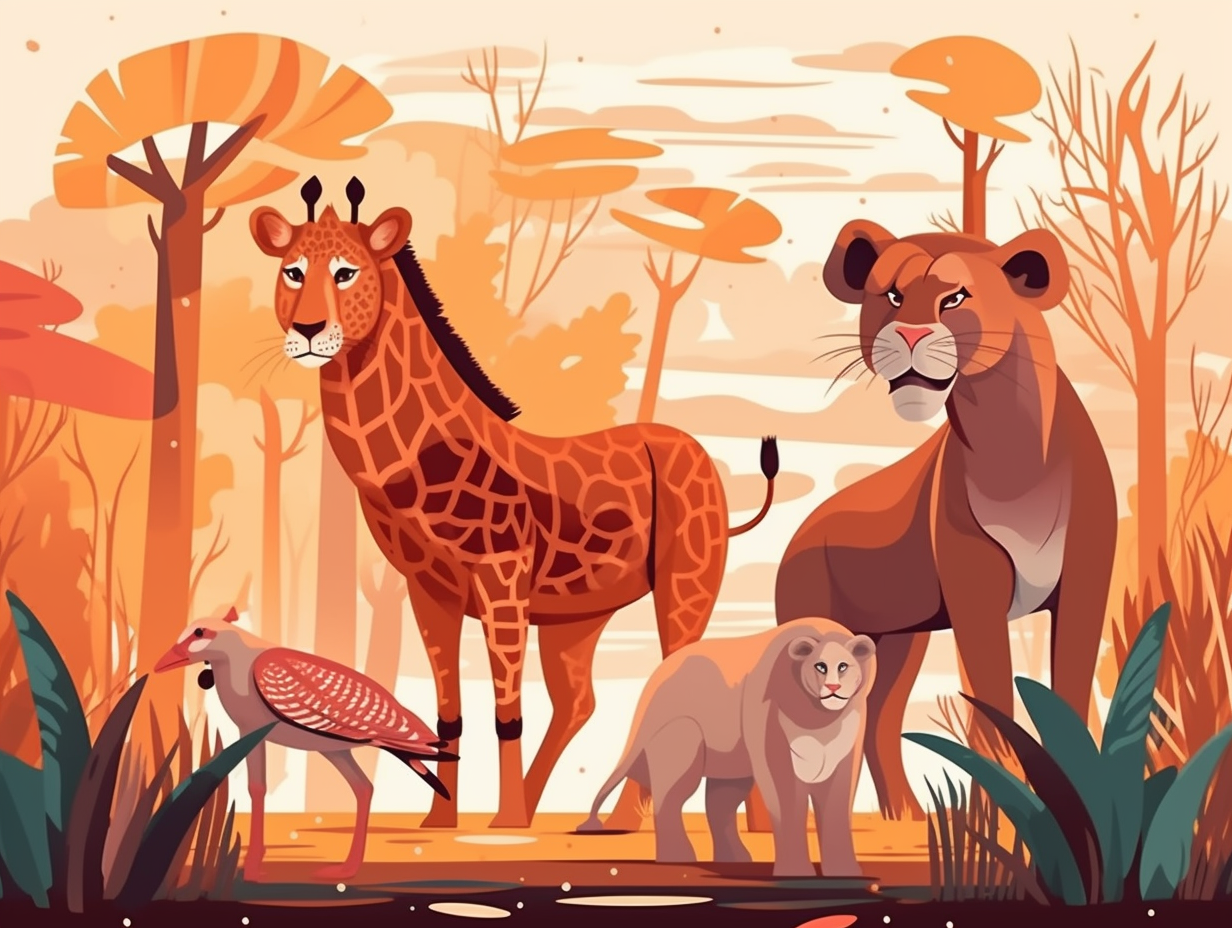
15. Honey Badger: Animal Kingdom's Einstein
Hakuna Matata, meet Honey Badger: the Einstein of the animal kingdom ready to solve brain teasers for breakfast! This fuzzy mastermind can remember food hideouts for two whole years and even recognizes individual people: Fun fact -- they cleverly use tools like digging sticks, making them a perfect (and stripey) apprentice for Sherlock Holmes in the African savanna.
Source => a-z-animals.com
Related Fun Facts



